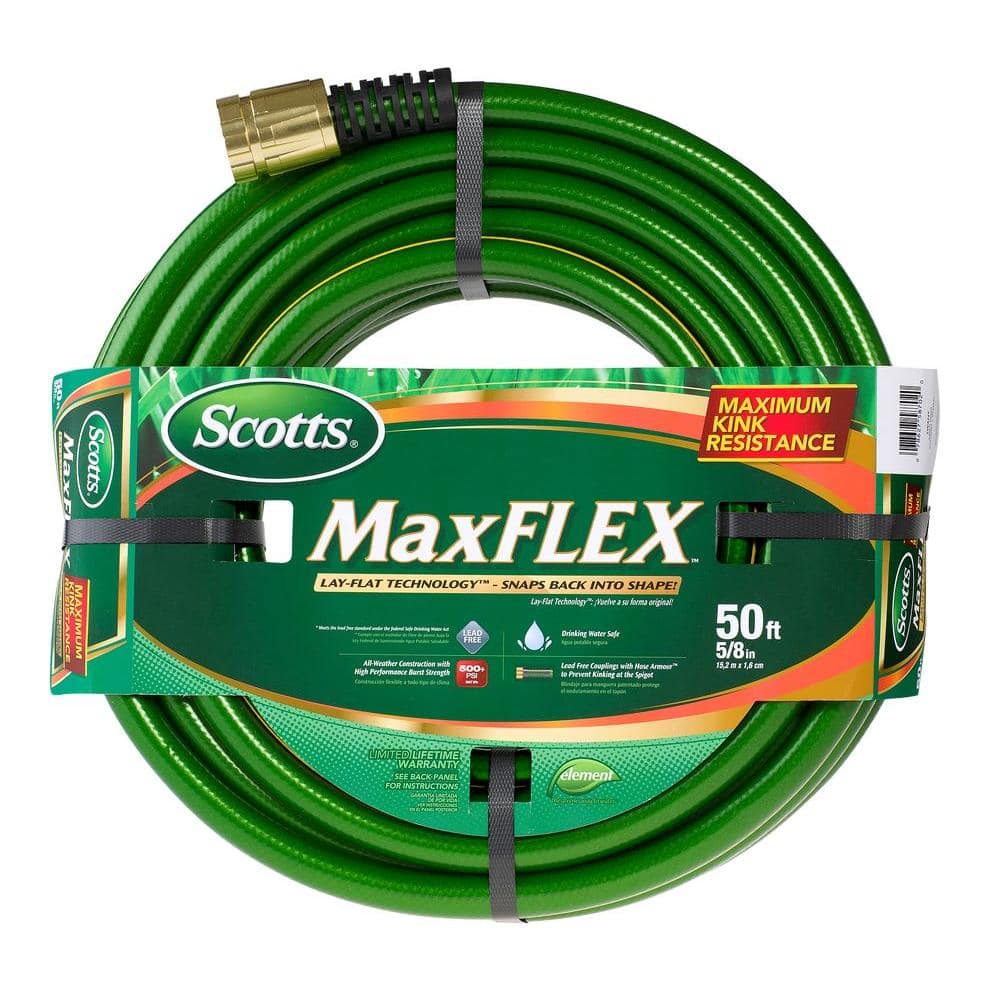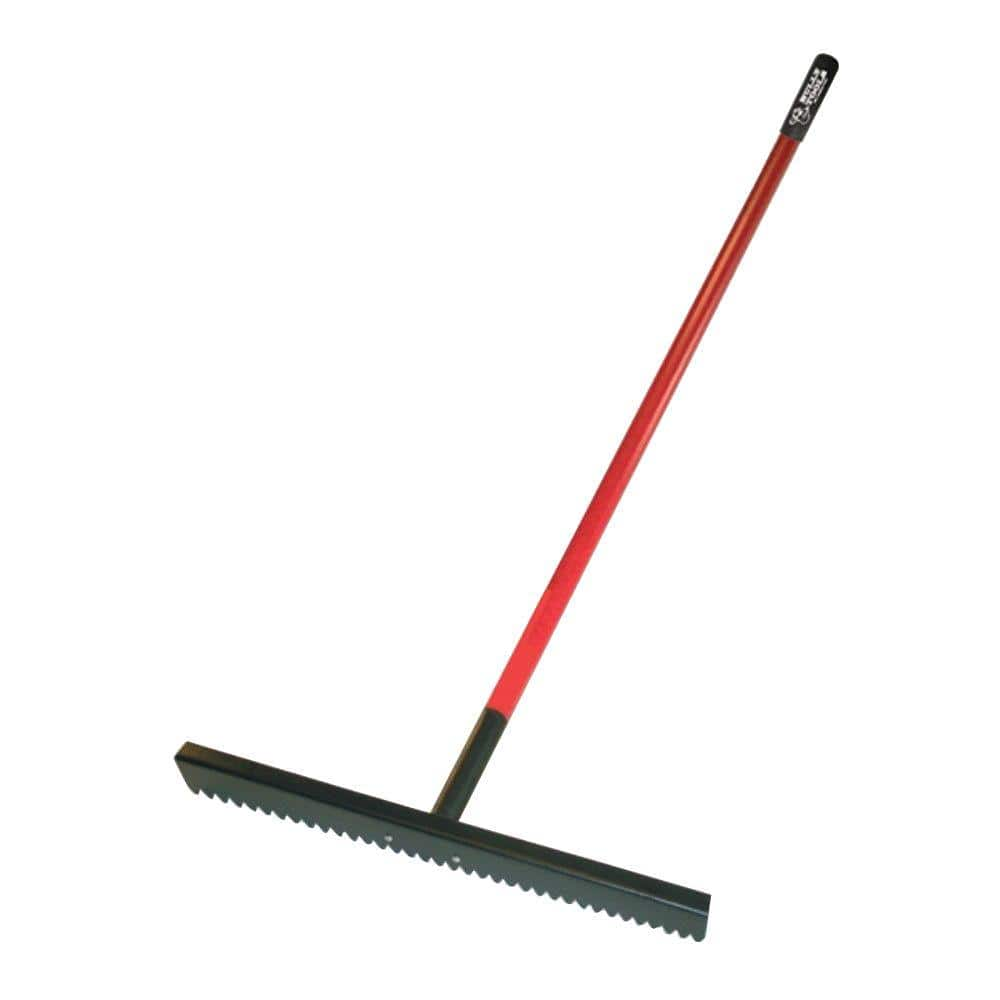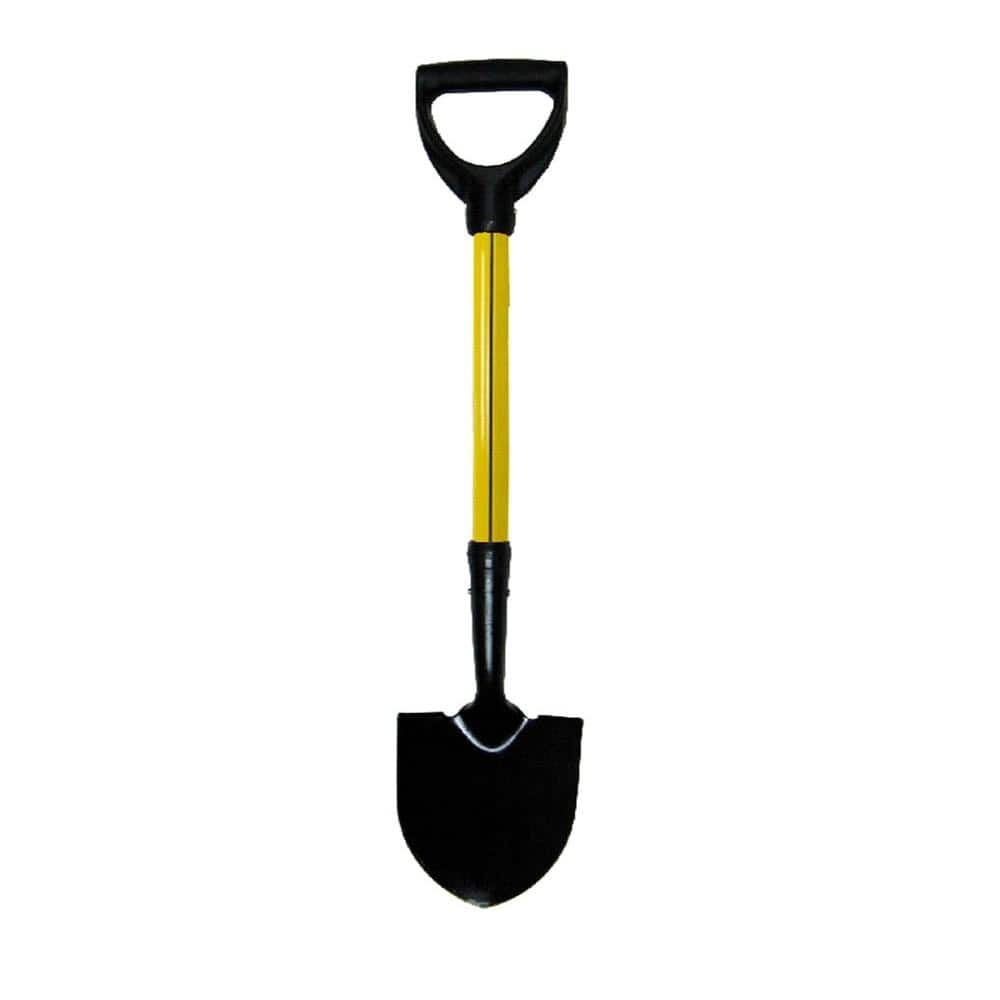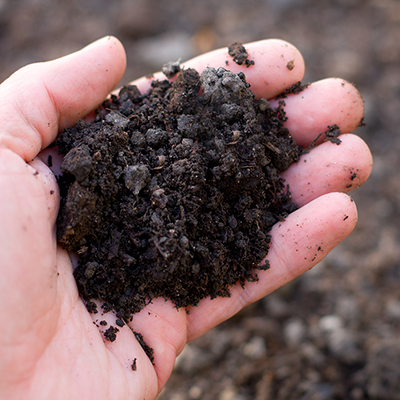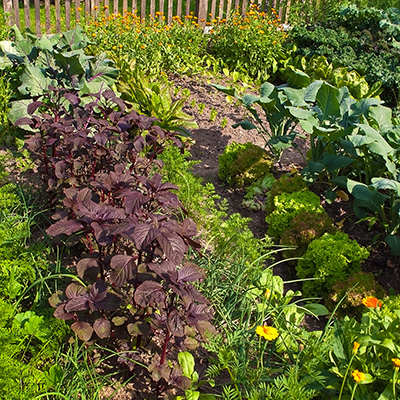How to Improve Soil in Flower Beds

Last updated July 24, 2024
It doesn't matter if you're a new gardener or a seasoned pro, building better soil is the most important thing you can do to improve your garden.
Your garden soil helps keep plants upright, channels water and air to the roots, and feeds growth. Whether we're talking about an in-ground garden bed or a raised garden bed, your garden soil needs good fertility and the right texture. Essential nutrients and correct pH levels help with fertility. Soil particles, cohesiveness and the ability to transfer water and air all affect texture.
If your flower bed is struggling, try these steps to improve the soil. In this guide, you'll learn how to evaluate your soil and apply amendments to improve soil quality.
Table of Contents
Soil Testing
Soil pH
Soil Texture
Add Compost to Flower Beds
Add Composted Manure to Flower Beds
Add Peat Moss to Flower Beds
Soil Testing

Before amending your soil and planting your garden, experts recommend testing your soil. This is the best way to know what your soil needs in order for your flower plants to thrive.
Low-cost soil tests are available from your local Cooperative Extension office. Just follow the directions for the soil sample, return it to the extension office and you will receive a soil report. You'll learn your soil's texture, pH and nutritional composition, and get recommendations for soil amendments.
The Home Depot sells at-home soil test kits that can give you soil amendment recommendations, too.
Soil pH

Plants can't take up nutrients unless the soil pH levels are correct. If the soil test says the pH is off, there are slight changes you can make. You can add lime to raise the pH or sulfur to lower it. Make sure you do it in stages, so you don't shock the flowers.
Rake the lime or sulfur over the garden. Dig it in thoroughly with a shovel or garden tiller. You'll need to check the soil pH every few years. Lime and sulfur are depleted over time and will need replenishing.
Soil Texture

The texture of your soil is important for water retention and air flow. Clay-type soils are too dense. Clay makes soil hold water, which causes roots to drown. Sandy-type soils can make beds drain too quickly. This means the roots can't absorb enough moisture.
Improve soil texture by adding organic material. Compost, manure, peat moss and grass clippings can help. Decaying organic matter helps both sandy soil and clay soil. In sandy soil, compost helps retain water that would otherwise drain away. Compost corrects clay soil by allowing air and water to flow through.
Add Compost to Flower Beds

Adding compost before you mulch helps the soil retain moisture and supports healthy plant growth. When you add compost to the soil, you're helping plants fight off plant diseases, pests and other stresses.
You can buy compost or create it yourself with kitchen scraps. Composting supports the health of all plants in your garden. For the best results, follow these helpful tips:
- Calculate the square footage of your flower beds. Check the compost bag to find out how much you’ll need.
- If there’s old mulch on the flower bed, rake it away. You can compost it or reuse old mulch around trees and shrubs.
- Add a layer of compost on top of soil. Break up any clumps. Keep compost off plant leaves and away from plant stems.
- Work compost into the soil. Avoid digging too deep so that you don't uproot any plants.
- Lightly water the compost in. Soaking the soil is only necessary if it is dry.
Add Composted Manure to Flower Beds

Composted manure has many benefits for a flower bed. Manure contains nitrogen that helps with leaf formation. It contains phosphorus to aid in metabolism and root support. It has potassium to help with flowering and can also aid in clay and sandy soil conditions.
Composted manure helps achieve the right amount of water-holding capacity in soil. It helps produce thriving flowers that resist disease. Manure attracts earthworms that add to the soil their own deposits of worm castings.
If you're making your own compost out of animal manure or litter, be careful to compost it first. Fresh manure products can harm your plants. The composting process is necessary to create an amendment that benefits your plants.
Tip: When acquiring manure from farmers, always ask about the pasture that the animals graze on. Some herbicides will persist through the animals and the composting process and will harm your garden. It can take many years to undo the damage of herbicides in your garden.
Add Peat Moss to Flower Beds

Peat moss is organic fibrous material. Peat forms when mosses and other living material decompose in peat bogs and helps gardens efficiently manage water and hold onto nutrients. It also improves the texture and consistency of soil.
Peat moss is very dusty, so before using it you'll want to wet it to make it easier to work with. Peat moss is acidic, so it's ideal for acid-loving flowers. If you want your soil more alkaline, compost works better.
The great thing about peat moss is it doesn't break down easily. This means one application of peat moss can last you several years.
Healthy garden soil is the foundation of a vigorous flower garden. Looking for a tool to complete your gardening project and improve your soil? The Home Depot delivers online orders when and where you need them.

